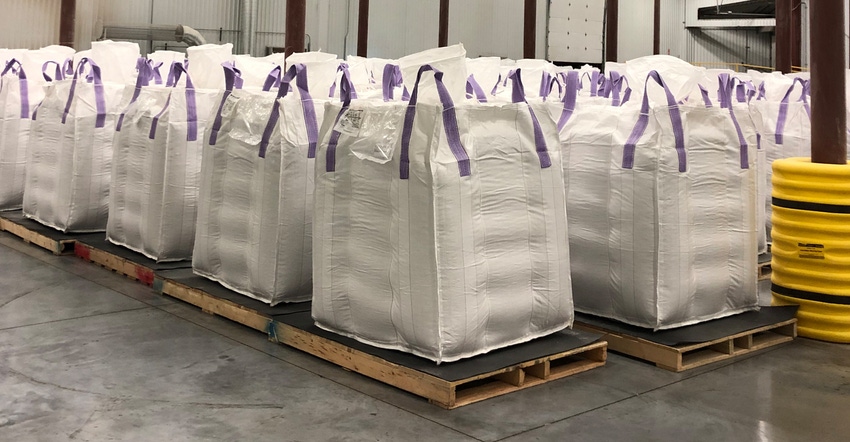
A new pulse crop processing facility that will eventually process peas, lentils, chickpeas and dry beans is taking shape in Hastings, Neb. The facility, which originally was built by Peavey in 1979, has been acquired by Columbia Grain International from Gavilon Grain.
With capacity for 260,000 bushels, and a processing space of 60,000 square feet, the Hastings facility will be the launching pad for CGI’s new consumer pulse brand. All products in CGI’s first small-pack consumer pulse line will be grown, procured, cleaned and processed by CGI.
Pulse crop acres in Nebraska and surrounding states have been growing. A 2018 survey approximated combined acreage of field peas, lentils and chickpeas in the state at 80,000 acres.
“We saw the rise in pulse acres in Nebraska, Kansas, South Dakota and Colorado over the past five years,” says Tony Roelofs, CGI vice president, Pulse Division. “We saw a number of producers working those crops as good alternatives in dry areas and in fallow land. Pulse crops regenerate the soil when planted in rotation with wheat.”

What does this mean for pulse crop farmers? “CGI anticipates processing over 50,000 metric tons of pulses per year at this location alone, and it will provide a consistent market and opportunity for expansion to pulse producers in Nebraska and surrounding states,” Roelofs says.
“The facility will be fully operational by harvest this year. This location will allow bids and marketing opportunities for producers on a consistent basis 365 days a year. We are primarily interested in yellow peas, but we will be expanding our process to green peas, lentils, chickpeas and edible beans. Contracts are now available.”
This is the first pulse crop facility in Nebraska that is served by both BNSF and UP railroad lines, providing access to domestic and international markets. “For farmers interested in taking harvested crops to the Hastings CGI facility, Marvin Fast works with farmers near and far, and various trucking outfits, to assist in delivery to accommodate getting their crops to the plant,” Roelofs says.
Farmers who are interested in learning more can call Fast at 402-463-8162 for delivery and freight on board bids.
About the Author(s)
You May Also Like






